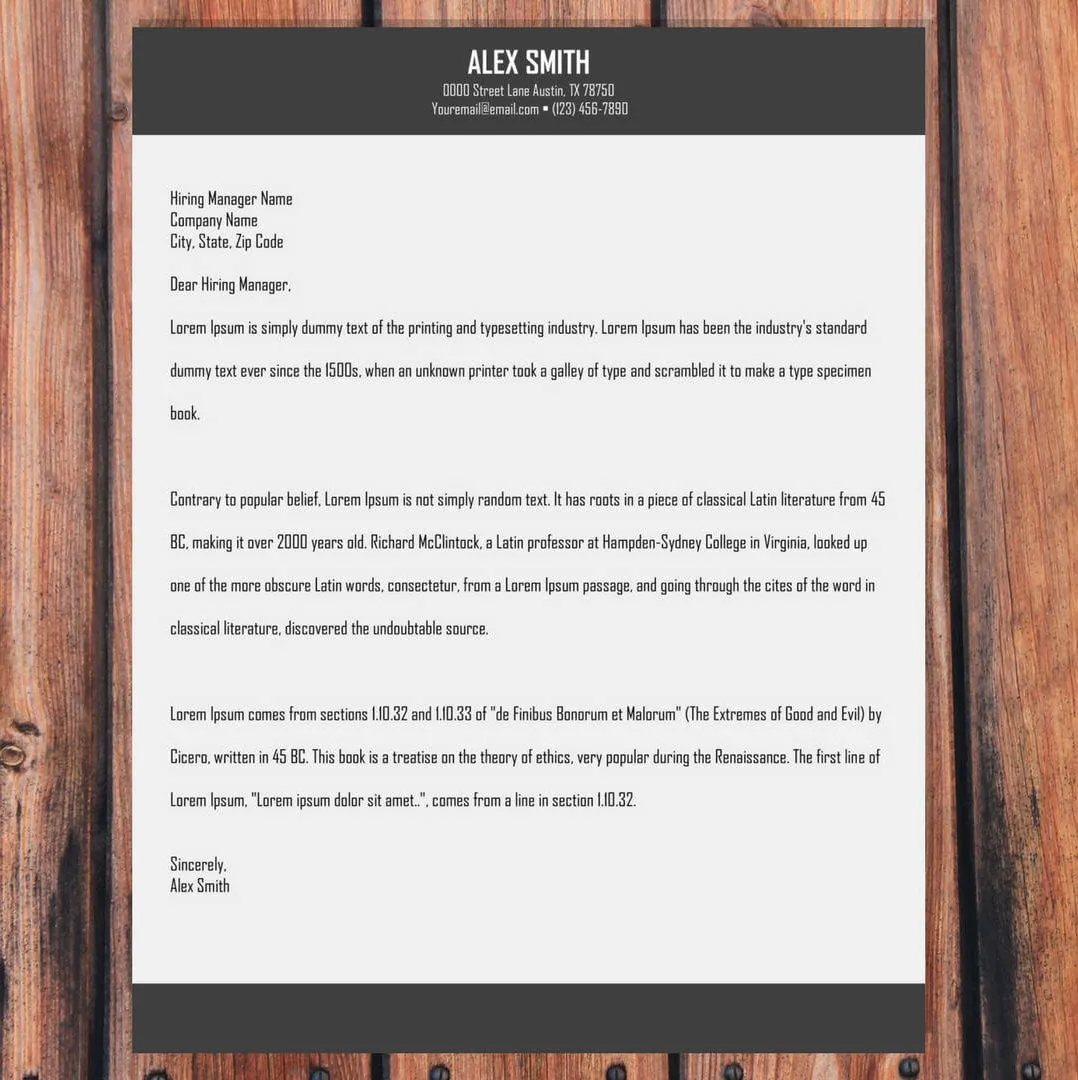What is a Cover Letter?
A cover letter is a crucial document that accompanies your resume when you apply for a job. It serves as your personal introduction to the hiring manager, providing context and showcasing your suitability for the role. Unlike a resume, which is a factual overview of your skills and experience, a cover letter allows you to express your personality, demonstrate your enthusiasm for the position, and explain why you’re the perfect fit. It is your opportunity to make a strong first impression and persuade the employer to read your resume and consider you for an interview. A well-written cover letter can significantly increase your chances of getting noticed and landing your dream job.
The Importance of a Cover Letter
In today’s competitive job market, a cover letter is more important than ever. It provides a platform to highlight your unique selling points and differentiate yourself from other candidates. A well-crafted cover letter demonstrates your strong communication skills, attention to detail, and genuine interest in the company and the position. Many hiring managers consider a cover letter a mandatory part of the application process. A cover letter can showcase your personality and explain your career goals to the hiring manager. Therefore, it is essential to invest time and effort in creating a compelling cover letter that complements your resume and strengthens your application.
Cover Letter Basics
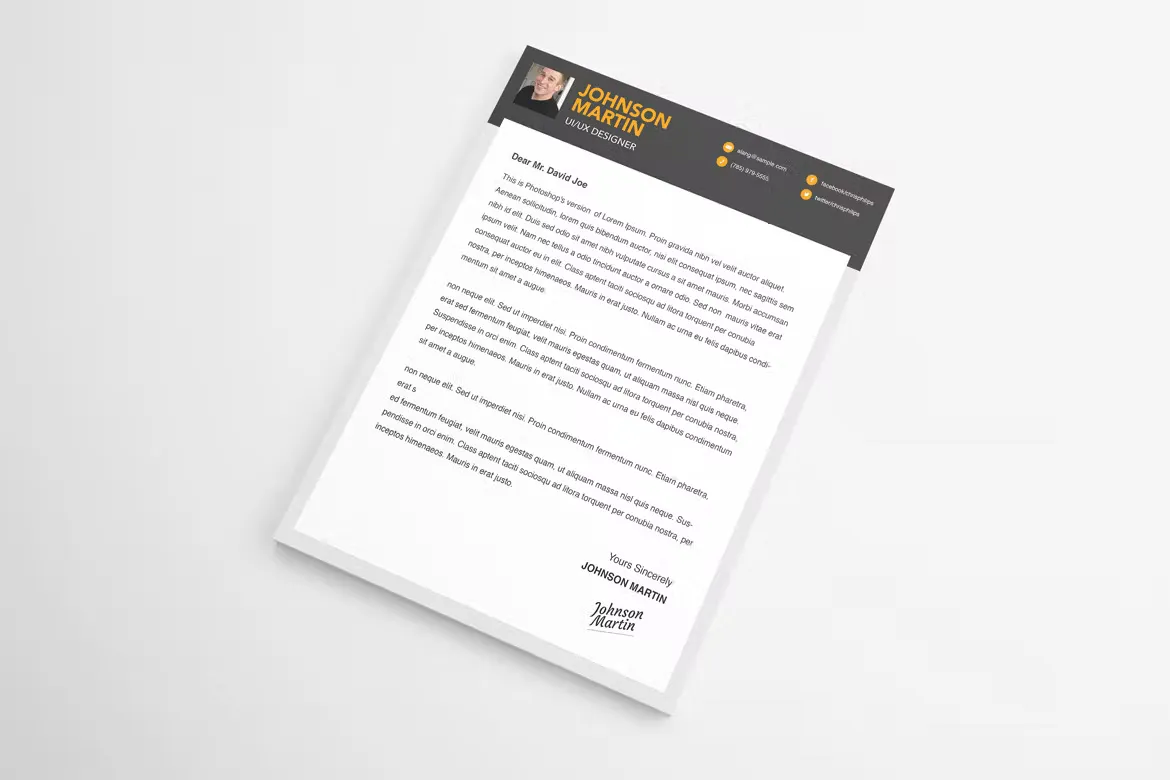
Before diving into examples, let’s cover the essential elements of a cover letter. A cover letter should be concise, typically one page long. It should be written in a professional tone and use clear, concise language. Always tailor your cover letter to the specific job you’re applying for, avoiding generic templates. Proofread your cover letter carefully for any grammatical errors or typos. Ensure your cover letter is well-formatted and easy to read. A cover letter is your first chance to impress a potential employer. By following these basics, you will be well on your way to securing an interview.
Key Components of a Cover Letter
A cover letter is structured to guide the reader through your key qualifications and motivations. Each component plays a vital role in making a strong impression. Understanding these components and how to use them effectively is key to writing a compelling cover letter that gets noticed. These components work together to create a cohesive and persuasive narrative that convinces the hiring manager of your suitability for the job.
Header
The header typically includes your contact information (name, address, phone number, and email) and the date. You may also include the employer’s contact information (name, title, company address) if you know it. Ensure your contact information is up-to-date and professional. A clean and organized header sets a professional tone for the entire letter.
Personal Greeting
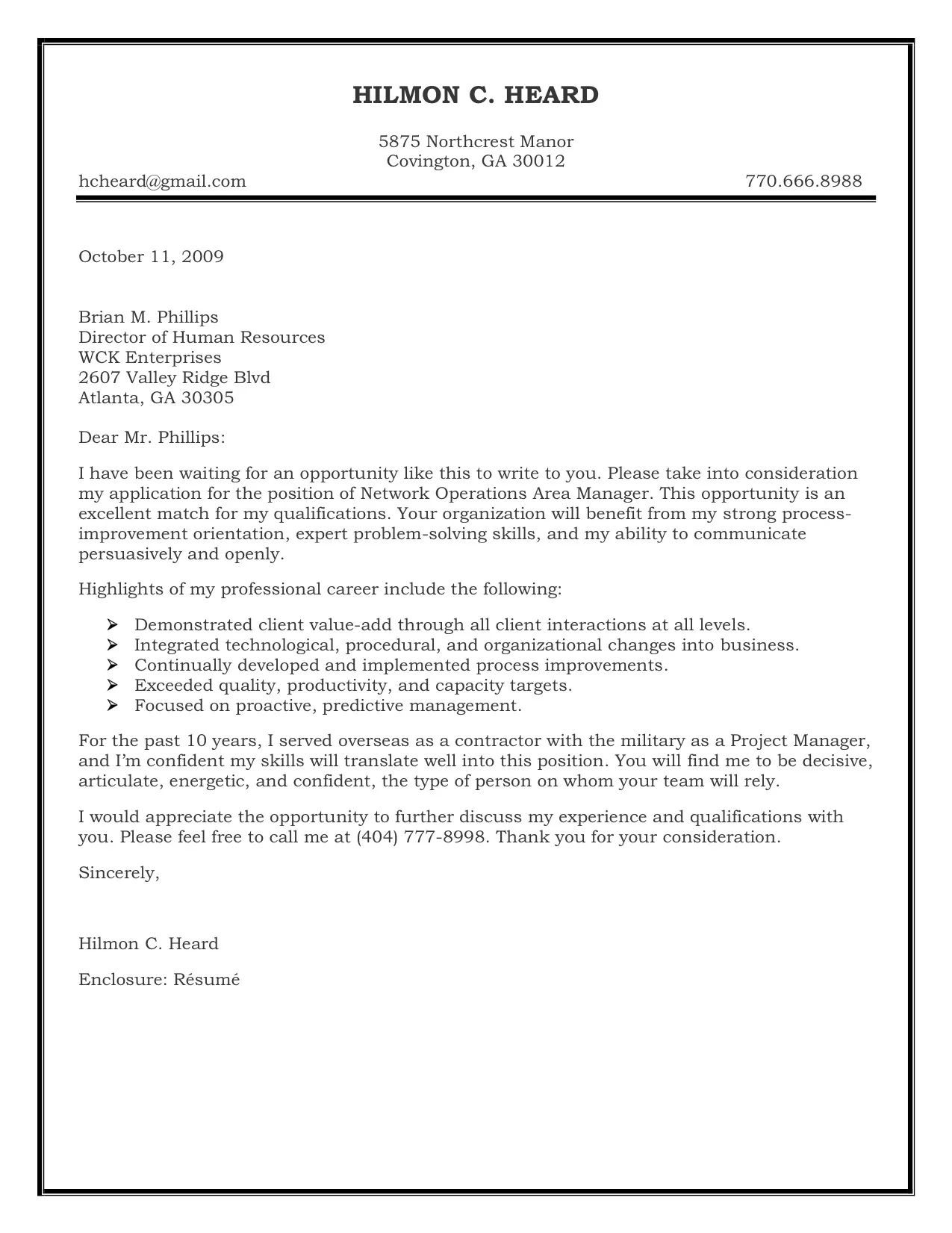
Address your letter to the hiring manager or the specific person listed in the job posting. If you can’t find a name, use a generic greeting like “Dear Hiring Manager.” Avoid generic greetings such as “To Whom It May Concern” if possible. A personalized greeting shows you’ve done your research and are genuinely interested in the position.
Introduction Paragraph
In the introduction, state the position you are applying for and how you learned about it. Briefly mention your most relevant skills or experience. Express your enthusiasm for the role and the company. This paragraph sets the tone for the rest of your letter and grabs the reader’s attention.
Body Paragraphs
This is where you highlight your qualifications and experience in more detail. Explain how your skills and experience align with the job requirements. Provide specific examples of your accomplishments and how you’ve contributed to previous employers. Tailor these paragraphs to the specific needs of the job description. This section is the core of your cover letter, where you demonstrate your value to the potential employer.
Highlighting Your Skills and Experience
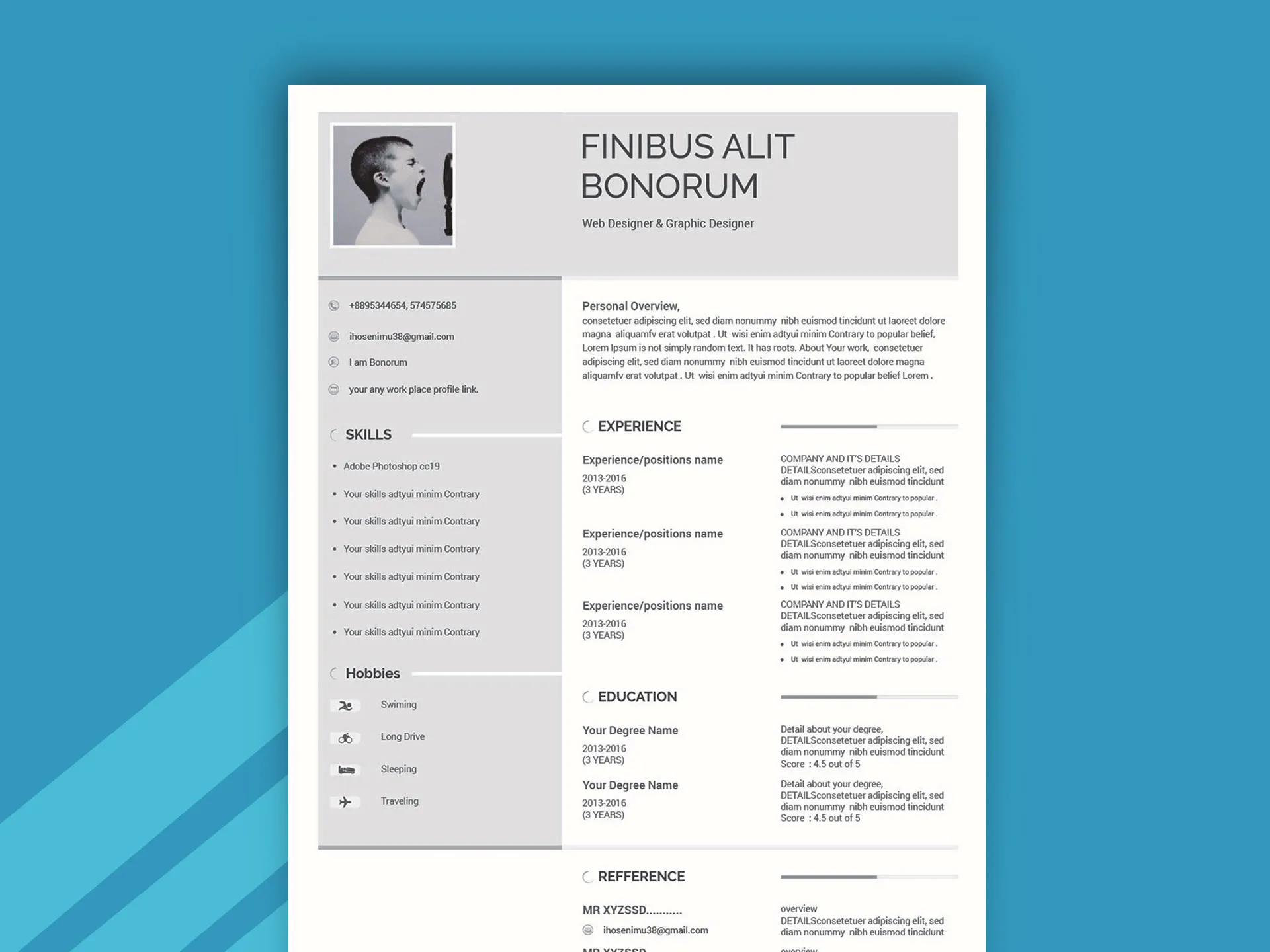
When writing your body paragraphs, focus on the skills and experience that are most relevant to the job. Use keywords from the job description to show that you meet the requirements. Provide specific examples of your accomplishments, using the STAR method (Situation, Task, Action, Result) to showcase your impact. Quantify your achievements whenever possible, such as by including percentages or numbers. Make sure the skills and experience you are highlighting align with the job description requirements.
Tailoring Your Letter to the Job
Customize each cover letter to the specific job and company. Research the company’s mission, values, and culture to show that you understand their goals. Address the specific requirements and qualifications listed in the job description. Avoid using a generic template; instead, highlight how your skills and experience align with the specific needs of the role. Tailoring your cover letter shows you’ve taken the time to understand the job and are genuinely interested in the opportunity.
Closing Paragraph
In the closing paragraph, summarize your key qualifications and reiterate your interest in the position. Express your gratitude for the reader’s time and consideration. State your availability for an interview and provide your contact information. End with a professional closing, such as “Sincerely” or “Best regards.”
Call to Action
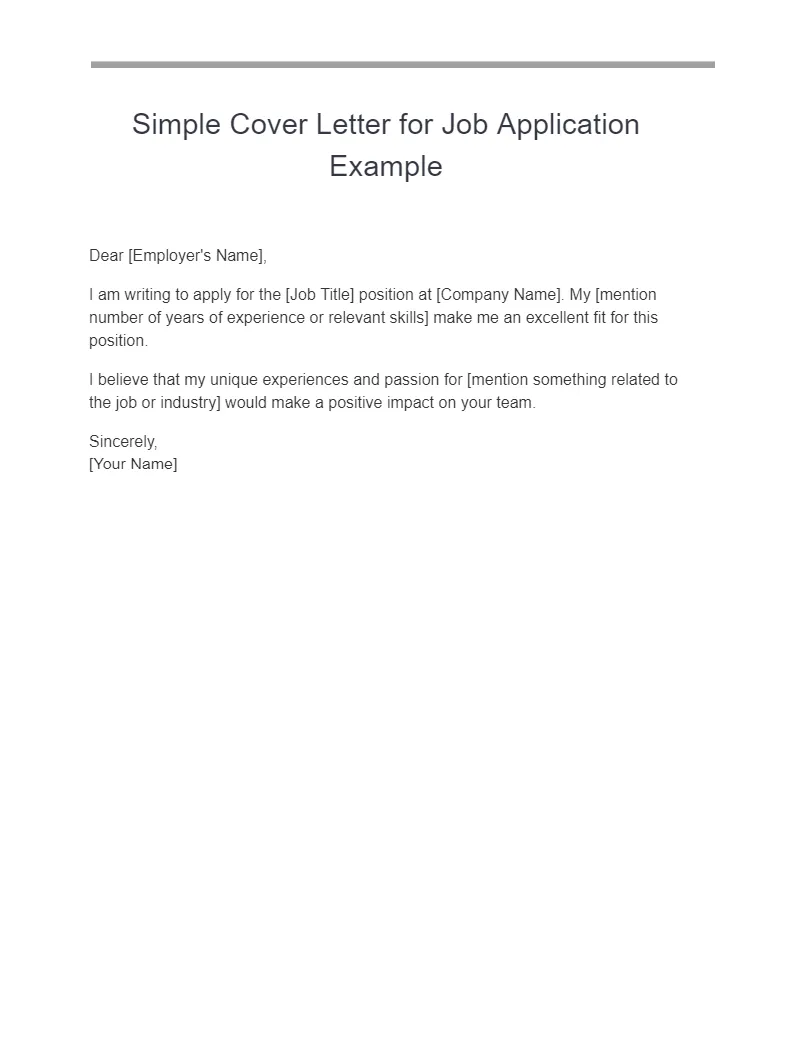
Include a clear call to action in your closing paragraph. For example, state that you are eager to discuss your qualifications further in an interview. Make it easy for the hiring manager to contact you by providing your phone number and email address. A strong call to action encourages the employer to take the next step in the hiring process.
Simple Cover Letter Examples
Let’s explore some simple cover letter examples tailored for different scenarios. These examples provide a basic structure that you can adapt to your unique situation, showcasing how to highlight your skills and experience effectively. Remember to always customize these examples to reflect your individual qualifications and the specific job requirements.
Example 1 Recent Graduate
This example is for recent graduates with limited work experience. The focus is on academic achievements, relevant coursework, and transferable skills. Highlight any internships, volunteer work, or projects completed during your studies. Emphasize your eagerness to learn and contribute to the company. This type of cover letter showcases the potential of a recent graduate while making the best of their limited experience.
Example 2 Career Changer
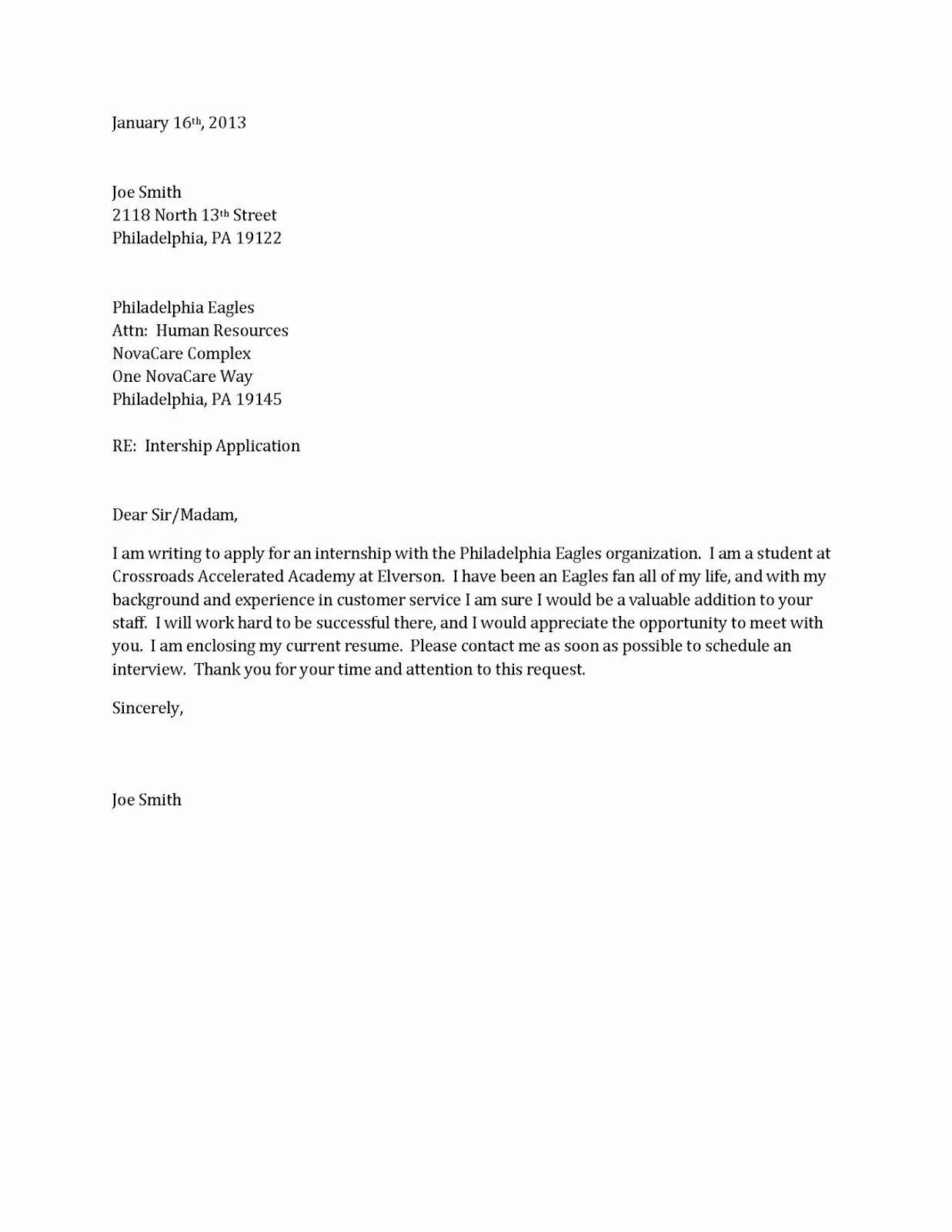
For career changers, the cover letter should emphasize transferable skills from previous roles. Explain how your skills and experience align with the requirements of the new position. Highlight any training, certifications, or educational achievements relevant to the new field. Explain your motivation for the career change and why you are interested in the new industry. This cover letter showcases your adaptability and enthusiasm for a new career path.
Example 3 Industry Professional
This example is for experienced professionals seeking a job within their industry. Highlight your relevant experience, achievements, and any specific contributions to previous employers. Use industry-specific language and keywords. Quantify your accomplishments with numbers and data whenever possible. Demonstrate your understanding of the industry’s challenges and opportunities. This example highlights your experience, skills, and knowledge within your respective industry, demonstrating your expertise to potential employers.
Tips for Writing a Strong Cover Letter
Here are some additional tips to help you write a strong cover letter that gets results. These tips focus on the importance of personalization and tailoring your approach to each opportunity. By integrating these tips, you can increase the effectiveness of your cover letter and make a great impression.
Formatting Your Cover Letter
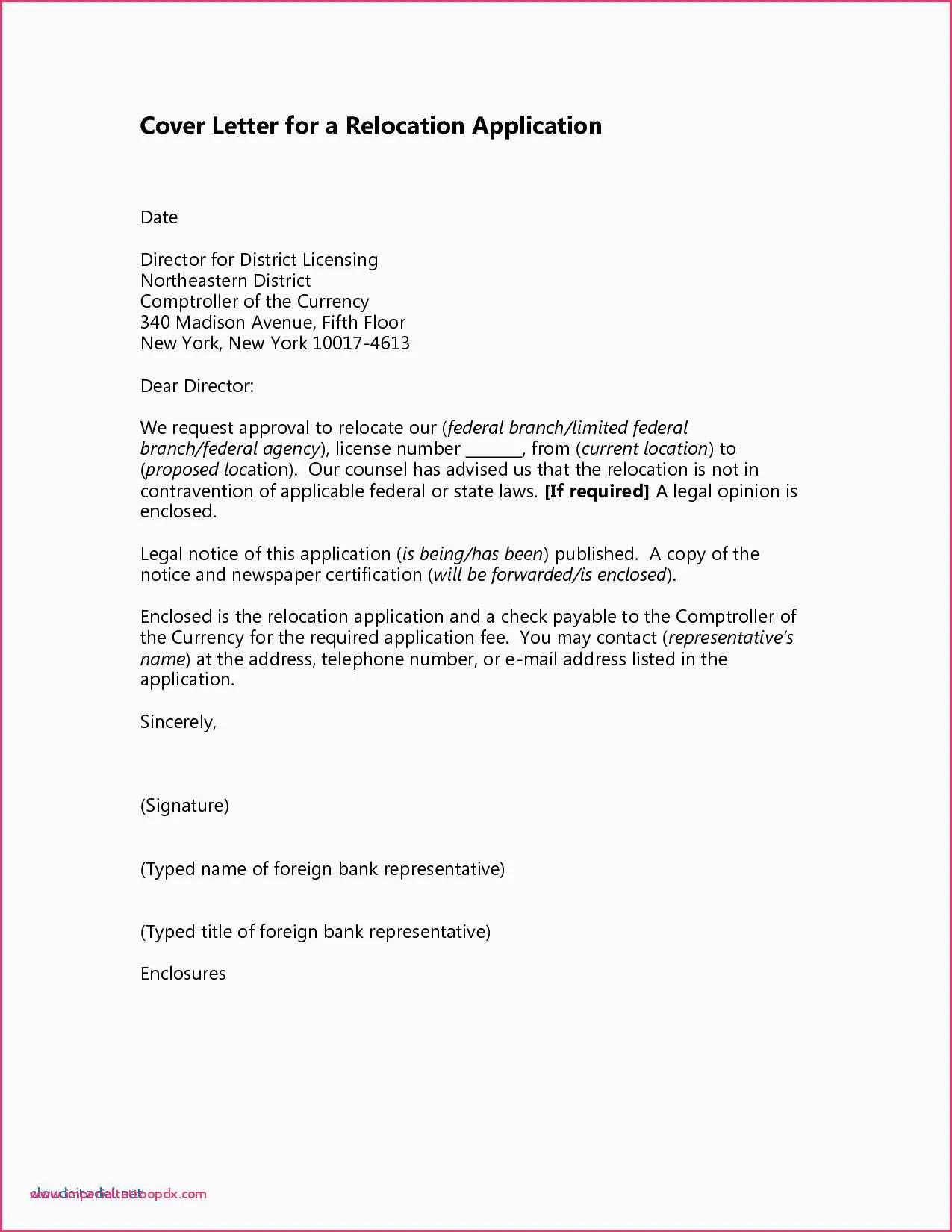
Choose a professional font like Times New Roman, Arial, or Calibri. Use a font size between 10 and 12 points. Use single spacing and leave a space between paragraphs. Use a standard margin of 1 inch on all sides. Keep your cover letter to one page. Proper formatting improves readability and presents a professional image. Well-formatted documents make it easier for the reader to focus on your content.
Proofreading and Editing
Proofread your cover letter carefully for any grammatical errors, typos, and spelling mistakes. Have someone else review your cover letter for clarity and accuracy. Ensure the letter is free of any inconsistencies or contradictions. Pay close attention to the tone and style of the writing, ensuring it is professional and polished. Proofreading is one of the most important stages in the writing process, since a simple error can diminish your chances.
Additional Resources
There are many online resources available to help you create a compelling cover letter. Utilize cover letter templates and examples from reputable websites. Seek advice from career counselors or employment agencies. Practice writing different cover letters for different types of jobs. Using additional resources is a great method to improve your writing skills, and increase your chances of being employed.
